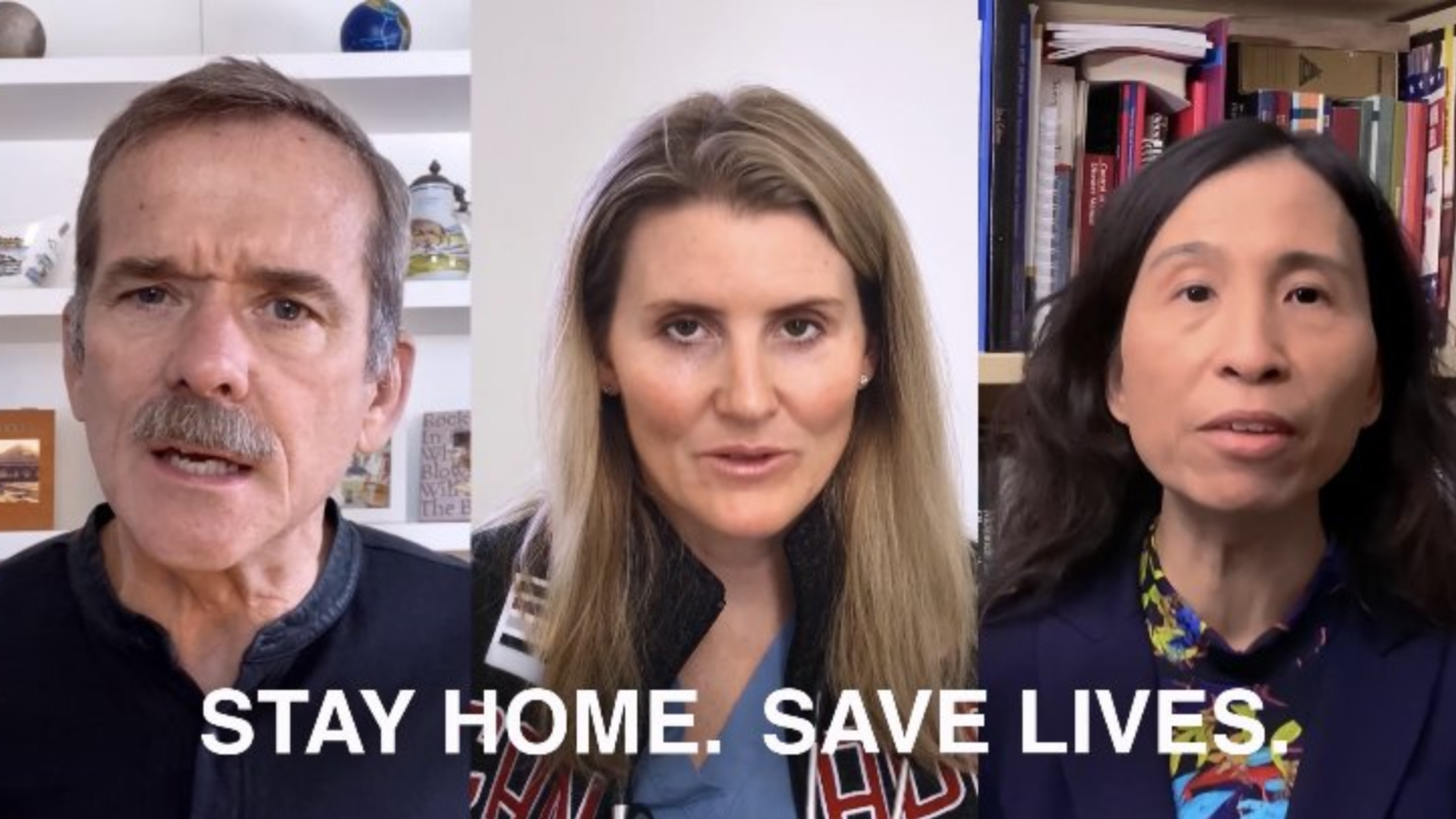Subscribe for more!
Subscribe to our newsletter for insights and articles on wide ranging issues including reputation management, branding, advertising, awareness, advocacy, and communications. You can unsubscribe anytime.
Follow us on social:
Producing COVID public health advertising for the Government of Canada proved to me that research is an indispensable part of any communications campaign. Now I’m joining spark*advocacy to help make it the most research-driven communications and marketing firm in the country.

If we think back to early 2020, most of us have a vivid memory of exactly when we realized how serious COVID was about to get. For me, it was a meeting that kicked off the most intense month of my life. Over the course of an hour, we decided we were going to run one of the largest advertising campaigns in the history of the Government of Canada, and we were going to cast aside the usual bureaucratic process to write, film and air the ads within a couple of weeks.
Days later, Canada was shut down.
The first problem, which was immediately apparent, was that no one knew how to communicate about a pandemic, and there were no comparable campaigns to draw best practices from. Fortunately, we had focus groups scheduled and Canadians told us they needed to hear from doctors. A Leger poll backed that up with 92% of Canadians trusting health professionals compared to 54% trusting the Prime Minister. Soon, a core principal of the Government’s approach was to put the largest megaphone we could in front of credible health experts.
The integration of research was a common theme in the months that followed. Initial concepts varied greatly from ads showing celebrity solidarity to terrifying visuals about sobering health impacts. Focus groups and surveys gave us instant feedback on what would work and what would fail.

One of the most radical research influences on COVID advertising was a stark departure from advertising orthodoxy to film ‘Stay Home, Save Lives’ ads remotely with low production values. We had the budget and logistical ability to set up a COVID-safe film set for a polished advertisement, but we learned from talking to Canadians that self-filmed spots provided the authenticity and simple, direct, advice that Canadians were looking for. Canadians wanted to see that health experts were following stay home orders themselves and were going through the same work-from-home challenges as everyone else. As a result, part of our multi-million-dollar ad campaign was filmed on an iPhone propped up by a bottle of hot sauce as we tried to give directions over a Zoom call.
When we started advertising about COVID, only 10% of young Canadians were very worried about catching it themselves, and 4-in-5 young Canadians told us they were much more worried about spreading it to loved ones. They needed a different message, and research helped us target that message to places where youth were spending their time during the pandemic, including one of the first ever Government of Canada TikTok campaigns.
For me, the COVID campaigns demonstrated the immense value of integrating research into every step of a communications and marketing strategy. In a world full of data and misinformation, it’s more vital than ever to cut through the noise with research and learn to speak to audiences in language they can relate to.

That’s why I’ve chosen to join spark*.
spark*advocacy is uniquely committed to data-driven communications. They’re already an industry leader in this area, but my role is to make research integral to everything we do. Research will interact with all of spark’s services from creative development to audience targeting, media training, communication strategies and more. With all of our tools, we’re taking the guesswork out of communications and ensuring we’re reaching the audiences we want with the messages they need to hear.
If you want us to use research to help tell your story or you are interested in hearing more about our expanded spark*Insights offerings, feel free to reach out at alex@sparkadvocacy.ca.